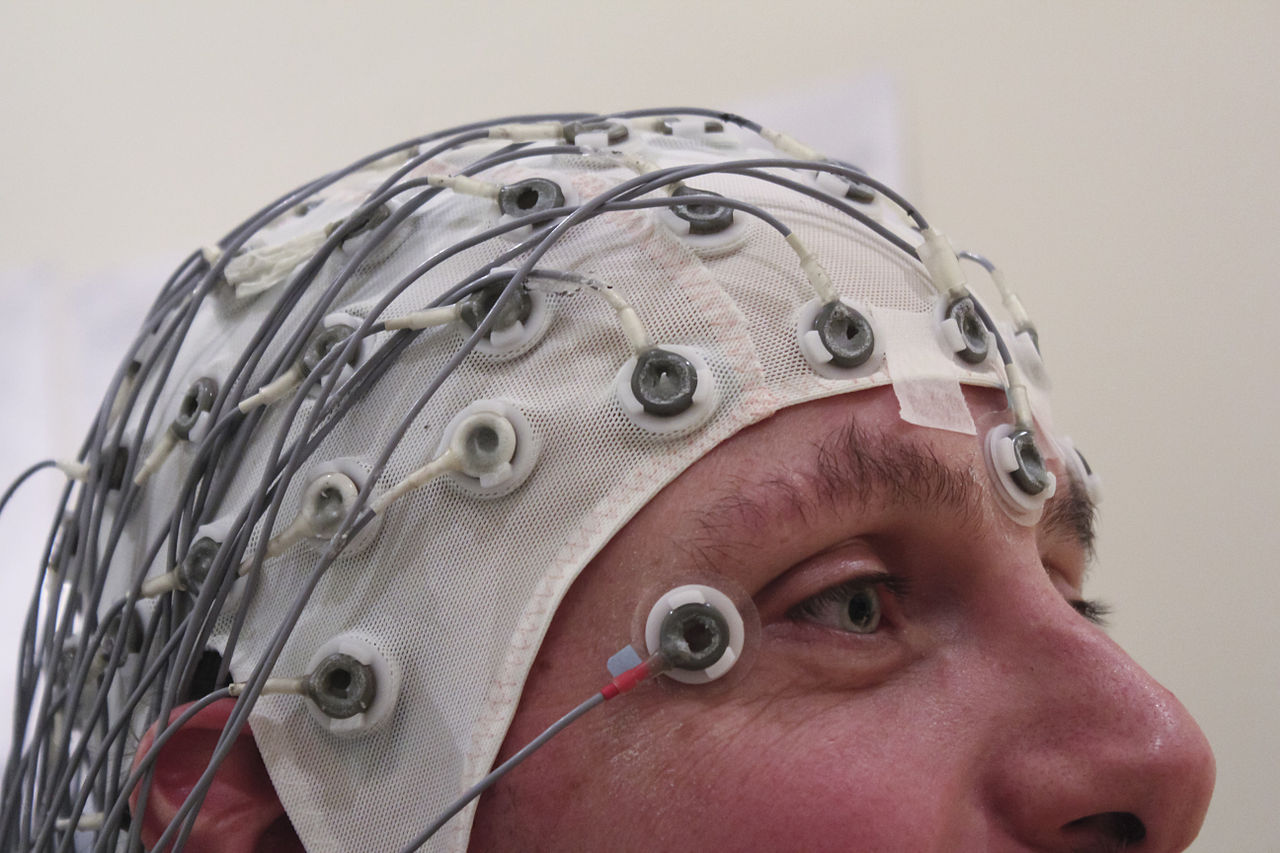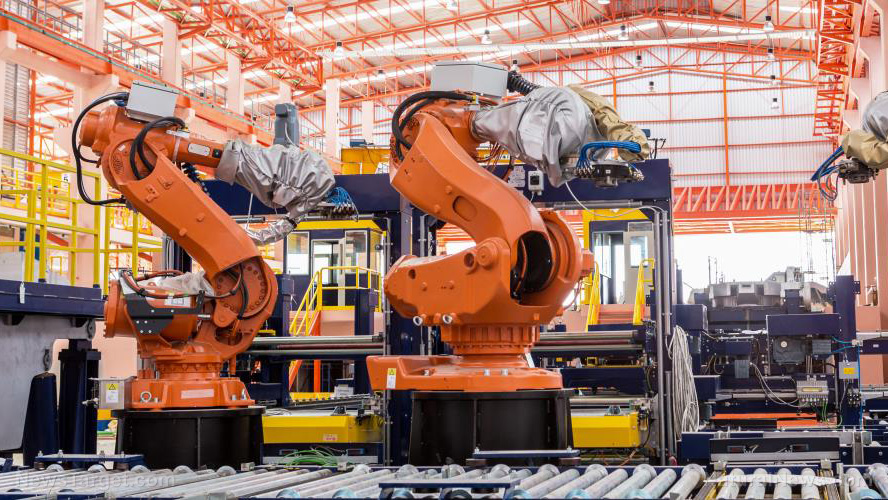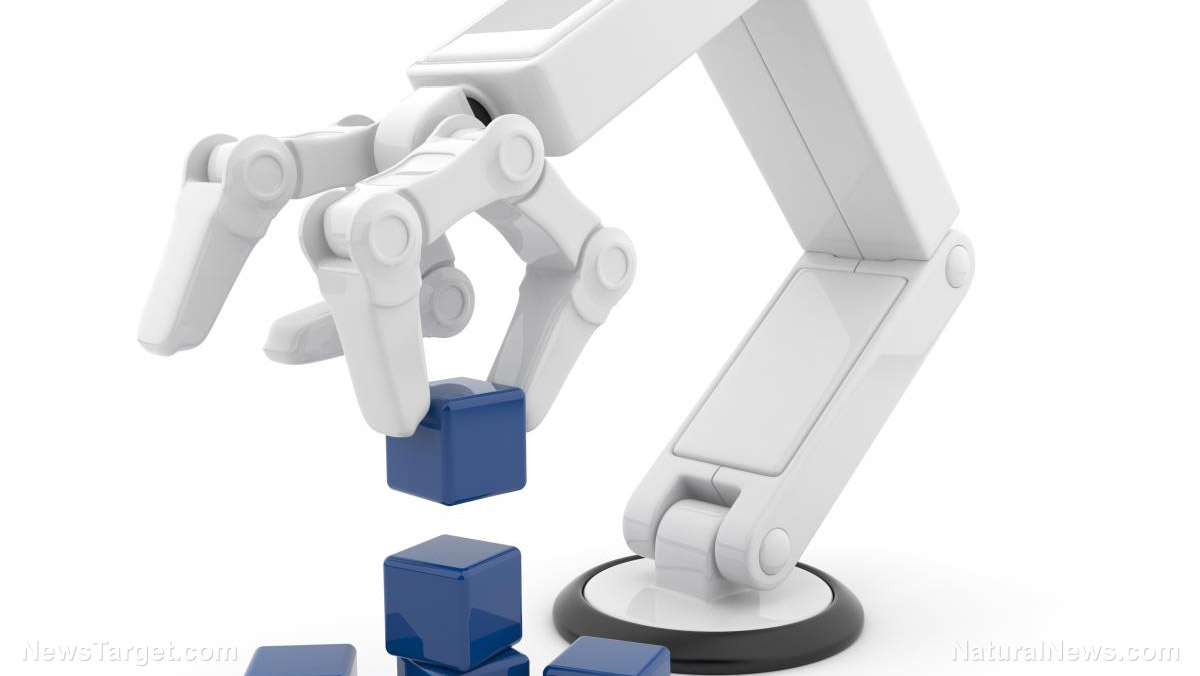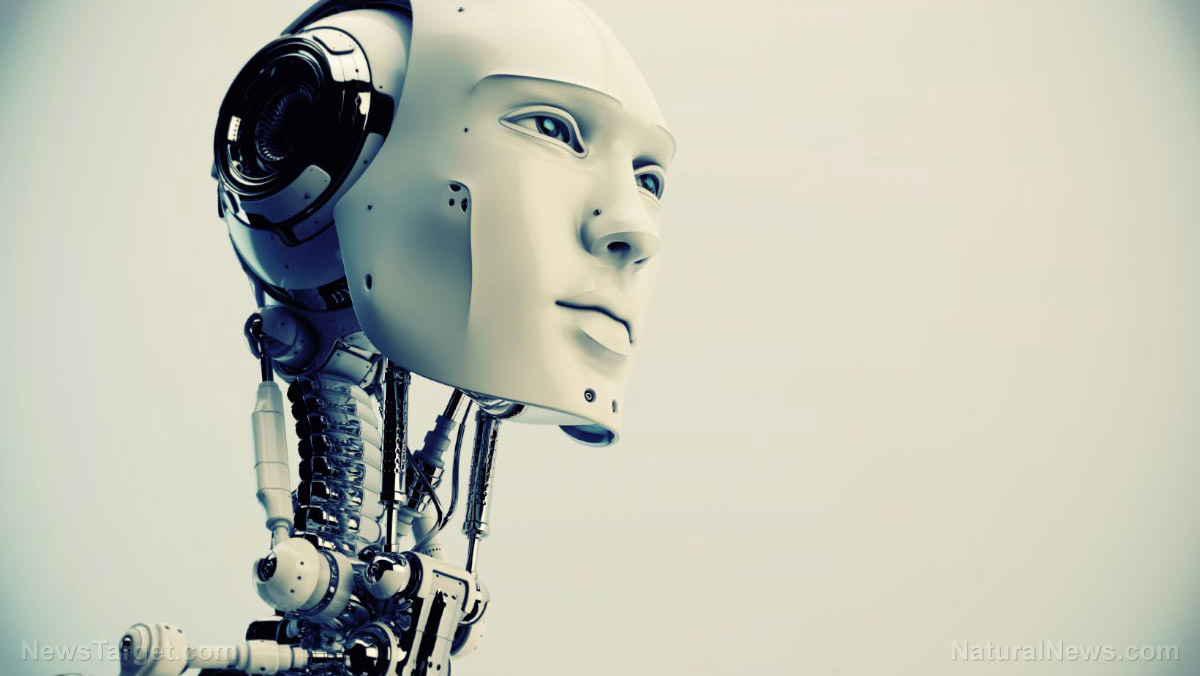Researchers hope a “soft and social” robot will make “home robotics” more acceptable to humans
11/13/2019 / By Tracey Watson

When asked to describe a robot, the words “soft” and “social” are unlikely to feature in too many people’s descriptions. After all, robots are anything but warm and fuzzy creatures. We associate them with cold metal and hard edges, and by no stretch of the imagination would they be called sociable.
Nonetheless, thanks to the work of Guy Hoffman, assistant professor at Cornell University’s Sibley School of Mechanical and Aerospace Engineering, our perception of the characteristics of robots may soon undergo a radical transformation.
As reported by Science Daily, Hoffman is working to design robots that will be fully customizable using natural materials like wood and wool. He believes that these “warmer, homier materials” would make for robots that are simpler, cheaper and more expressive. He also hopes that these friendlier-looking robots will make home robotics more fun for children and adults alike.
Hoffman’s work was recently published in the journal of The Association for Computing Machinery Transactions on Human-Robot Interaction. (Related: Robots being developed to retrieve library books.)
“A simple, expressive, inexpensive robot platform”
Hoffman’s robot prototype, “Blossom,” comes in kit form and can easily be assembled and then customized with a variety of handcrafted materials.
Hoffman wanted to empower people to build their own robots without limiting how expressive they could be.
“Also, it’s nice to have every robot be a little bit different,” he said. “If you knit your robot, every family would have their own robot that would be unique to them.
“It’s meant to be a flexible kit that is also very low cost,” he added. “Especially if we can make it out of cardboard, you could make it very inexpensively. Because of computation becoming so powerful, it could be a really open-ended way for people to do whatever they want with robotics.”
Science Daily reported:
Blossom’s mechanical design — developed with Michael Suguitan, a doctoral student in Hoffman’s lab and first author of the paper — is centered on a floating “head” platform using strings and cables for movement, making its gestures more flexible and organic than those of a robot composed of rigid parts.
Partly because of its simplicity, Blossom has a variety of potential uses, Hoffman said. Human-robot interaction researchers who aren’t engineers could build their own from a kit to use in studies. Because of the ease of interacting with the robot and the hands-on experience of helping to build it, it could help teach children about robotics.
When children between the ages of 4 and 8 were given the opportunity to accessorize and play with Blossom at a science fair, some chose to focus on creating accessories while others controlled the robot while the accessories were attached. Hoffman believes that this demonstrates how these types of robots could inspire collaboration and teamwork.
A school in Ontario Canada will soon start using Blossom to teach fourth graders math. Hoffman and his team are also working on writing an algorithm that would trigger Blossom to react to prompts from YouTube videos, e.g. starting to dance when hearing a certain song. They hope that in this way Blossom will be able to model behavior that can help children with autism.
Some people will no doubt continue to be skeptical of robots and artificial intelligence in general, wary of where this technology may lead us in the next few decades. (Related: Robots to take over jobs in human service industry, increasing the percentage of unemployed Americans.)
In today’s technology-centered society, however, many others will likely embrace the concept of these more relatable, natural-seeming robots.
Discover more about artificial intelligence and cutting-edge robotics at Robots.news.
Sources include:
Tagged Under: AI, artificial intelligence, breakthrough, computing, future tech, robotics, robots, social interaction
RECENT NEWS & ARTICLES
COPYRIGHT © 2017 ROBOTICS.NEWS
All content posted on this site is protected under Free Speech. Robotics.News is not responsible for content written by contributing authors. The information on this site is provided for educational and entertainment purposes only. It is not intended as a substitute for professional advice of any kind. Robotics.News assumes no responsibility for the use or misuse of this material. All trademarks, registered trademarks and service marks mentioned on this site are the property of their respective owners.


















